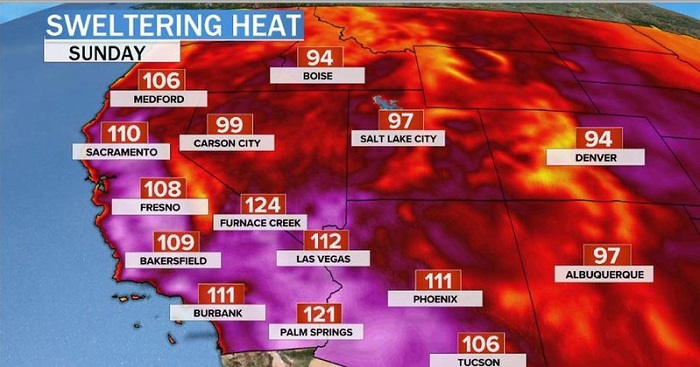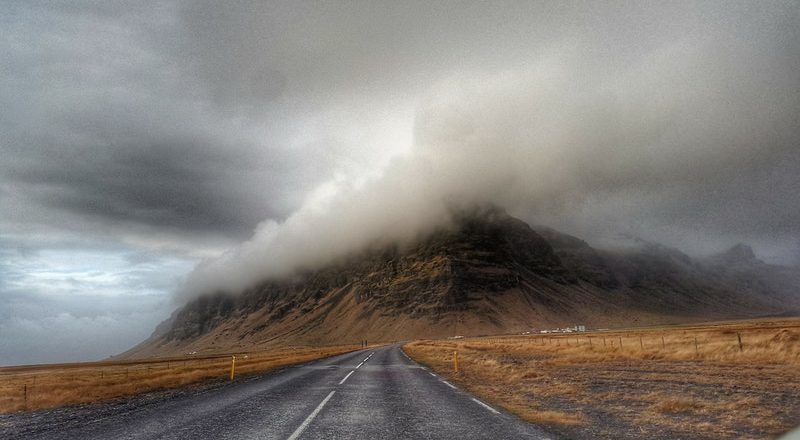An Atmospheric Scientist Explains The Weather Phenomenon Known As A Heat Dome Baking California And The West
A heat dome occurs when a persistent region of high pressure traps heat over an area. The heat dome can stretch over several states and linger for days to weeks, leaving the people, crops and animals below to suffer through stagnant, hot air that can feel like an oven.
Typically, heat domes are tied to the behavior of the jet stream, a band of fast winds high in the atmosphere that generally runs west to east.
Normally, the jet stream has a wavelike pattern, meandering north and then south and then north again. When these meanders in the jet stream become bigger, they move slower and can become stationary. That’s when heat domes can occur.
Heat domes involve high-pressure areas that trap and heat up the air below.
NOAA
When the jet stream swings far to the north, air piles up and sinks. ...





